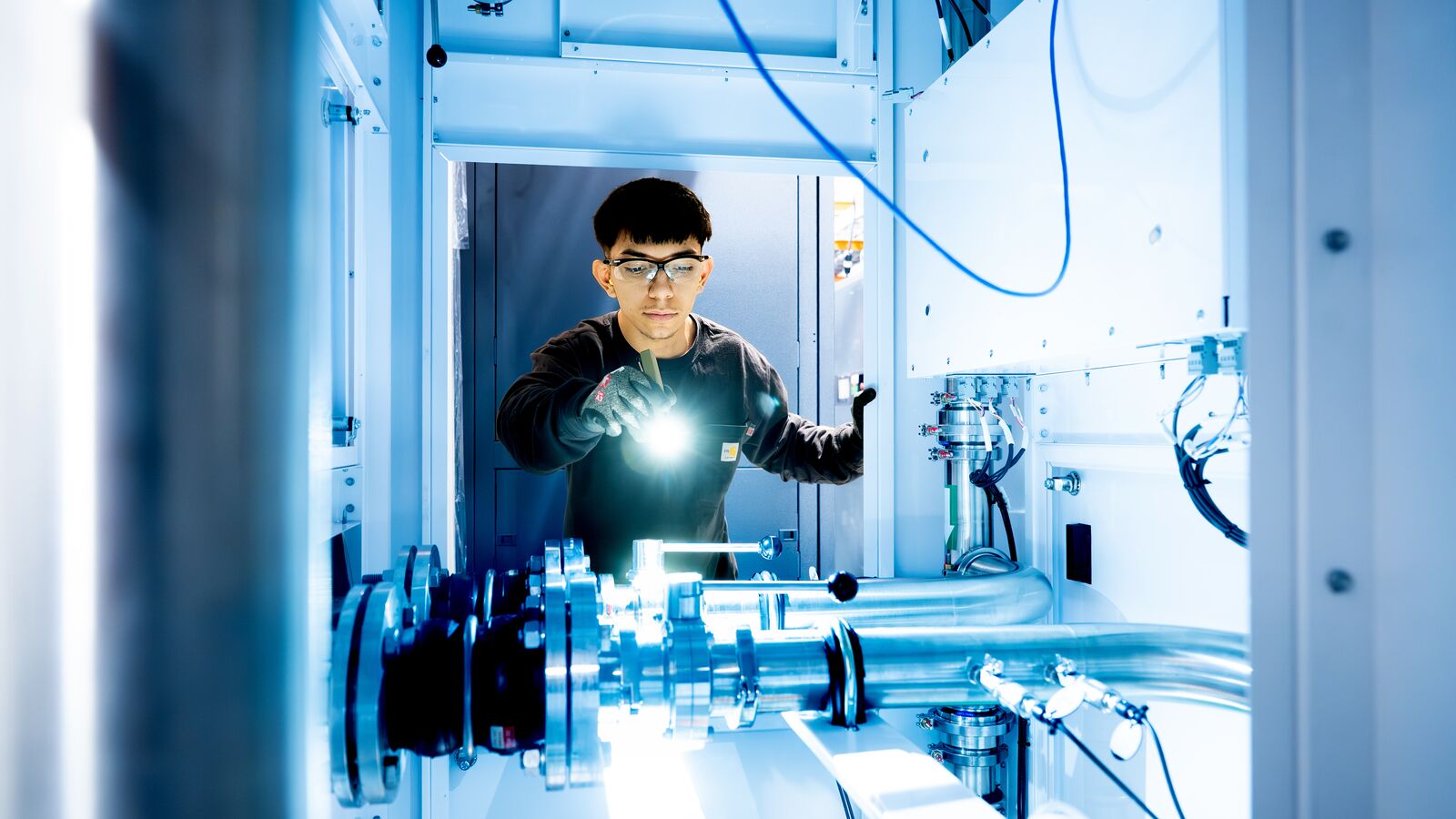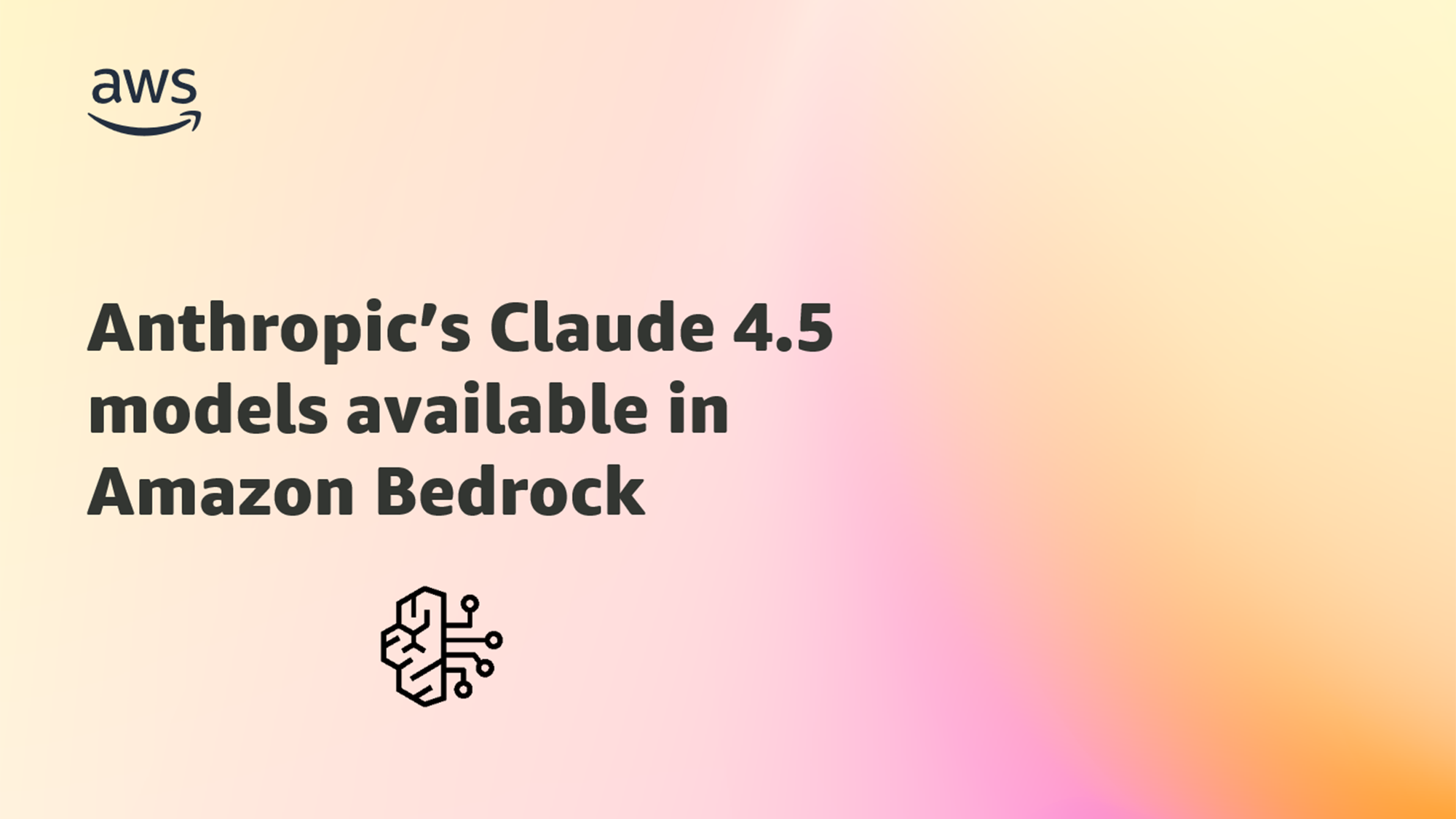Industrial heating, ventilation, and air conditioning (HVAC) systems aren’t the first things you’d expect the head of a fast-growing artificial intelligence startup to be worrying about. But for BrainBox AI CEO Sam Ramadori, the role these systems play in contributing to climate change is exactly what’s keeping him up at night.
HVAC systems, or rather, the way they’re operated and managed, are having a major, detrimental impact on the planet. Their inability to consider real-time internal and external data sources makes them inefficient, and it’s here that AI can make a difference. This “seemingly niche”—as Ramadori puts it—but serious subject is what BrainBox AI has set out to tackle. The company, an Amazon Web Services (AWS) customer headquartered in Montreal, Canada, has already proven its technology can reduce buildings’ energy use by up to 25%, and carbon emissions by up to 40%, and it’s now going even further.
BrainBox AI has launched a new, first-of-its-kind, generative AI-powered virtual building assistant, built on Amazon Bedrock. The assistant, known as ARIA (Artificial Responsive Intelligent Assistant) can help anyone who operates commercial buildings further reduce energy use and carbon emissions.
Here are five things to know about this innovative technology and how it can positively impact the environment:
1. Buildings are huge consumers of energy, and the problem is growing

Buildings are responsible for almost 40% of greenhouse gas emissions worldwide, with 27% of those emissions coming from the energy that’s used to heat, cool, and power them. And with the global stock of buildings expected to double by 2050, the challenge to make them more sustainable is becoming increasingly urgent. BrainBox AI technology is designed to address “operational” carbon emissions—the 27% piece of the pie associated with the energy used to operate a building. Its platform uses AI to ensure buildings respond immediately to the changing demands of their environment, whether that’s switching off the air conditioner when everyone inside is complaining about the cold, or turning the heating down when sunlight unexpectedly streams through the windows.
It’s this on-the-spot analysis and response that will transform buildings from what Ramadori describes as “blind consumers of energy” to “active participants” in the communities they inhabit. BrainBox AI can connect to any building anywhere in the world, learn about it, and then make optimization decisions in real time, allowing “for a scale that's tremendous,” said Ramadori.
2. BrainBox AI ‘wakes buildings up’ so they can make better decisions
“Buildings’ heating and cooling systems are often not very well taken care of, or controlled,” said Omar Tabba, chief product officer at BrainBox AI. “Our AI platform connects to individual heating and cooling units, and communicates in real time to these units to say, ‘Turn the fan on, turn the fan off,’ ‘Do this, do that,’ in order to minimize energy consumption.” And minimize energy consumption it does, with BrainBox AI customers seeing reductions in energy use of up to 25%, and of operational carbon emissions by up to 40%. The technology can be connected to office blocks, retail stores, warehouses, and other buildings without the need to invest in hardware or other new equipment. This makes it not only highly scalable but also very low-risk for any business interested in trying it out.
3. The virtual assistant can do its own reasoning to solve problems
ARIA, powered by Amazon Bedrock, is moving beyond what Ramadori calls business intelligence, “where you're just getting information fed to you in an efficient manner,” toward a generative AI assistant that starts doing its own reasoning. Facilities managers and building operators can prompt ARIA to carry out specific tasks by voice or text, as well as interact with it on their desktop or via a browser on their mobile. It will act on these instructions, and then go further by directly advising on how to make management of the building even more efficient and effective.
“It's not just giving you a chart,” said Ramadori. “It's giving you a potential answer to what the problem is and where you should look to try to solve it.” It means building managers and operators get the equivalent of multiple extra pairs of hands, as well as a head start when trying to diagnose an issue. “Let’s say I'm a technician and I’ve arrived in the parking lot of a store where someone was complaining about it being too hot in the men's clothing section,” said Tabba. “The AI can access information about air temperature, fans, and so on. It tells me that the compressor in a particular unit seems to have failed. So, it’s helping me locate the exact piece of equipment at fault far more quickly than I could on my own, as well as to select the specific tools from my truck that I’ll need to go and fix it.”
Examples of questions that you can ask ARIA:
- "I’m preparing my annual sustainability report. Can you give me an overview of my Scope 1 & 2 emissions for my building portfolio?"
- "Can you compile a list of stores in my portfolio with the highest maintenance costs for the last 12 months?"
- "HVAC equipment #4 has a failed fan motor. What parts do I need to fix it?"
4. It can learn everything about a building in seconds

ARIA learns by ingesting different data sources (like, say, your energy bills, HVAC equipment manuals, and so on) and queries multiple large language models (LLMs) through Amazon Bedrock to provide BrainBox AI customers with precise and valuable information. It’s like an “instruction manual that’s come to life,” according to company CTO and founder Jean-Simon Venne. “It has the building operational data, as well as everything the manufacturer is saying about how you should or shouldn’t use the equipment,” he said. “It means you don't have to go back and search for chapter 16, page 352, to find out what they say. It’s giving you the power to do a lot more in an eight-hour shift.” The “you” could be a facility manager who now has more time to work on long-term projects, or a maintenance team able to address technical problems across multiple sites more efficiently.
5. Building the assistant on Amazon Bedrock allowed BrainBox AI to move fast
BrainBox AI is built on AWS, and the company began experimenting with Amazon Bedrock as soon as the generative AI service was available. For Ramadori, the fact that Bedrock offers secure, easy access to the widest choice of high-performing, fully managed LLMs and other foundation models (FMs) as they’re released, has allowed BrainBox AI to “evolve in a fast-moving world.” Venne has an even more visual way of describing it: “The beauty of Bedrock is it’s like a carousel. You have all of these models available and you can flip from one model to the next. You can actually flip question per question and combine a response from a Claude model with one from a Llama model, to get a very strong, and very valuable, answer.”
BrainBox AI was founded in 2017. The company has built its technology offering on AWS, using AI to make buildings smarter and more sustainable. BrainBox AI is currently accepting registrations from customers interested in exclusive early access to ARIA. For more information, visit the BrainBox AI website.
AWS is working to make the cloud the cleanest and the most energy-efficient way to run your business. Find out how we’re innovating to integrate efficiency across our entire infrastructure, including AWS custom chips.
Trending news and stories












